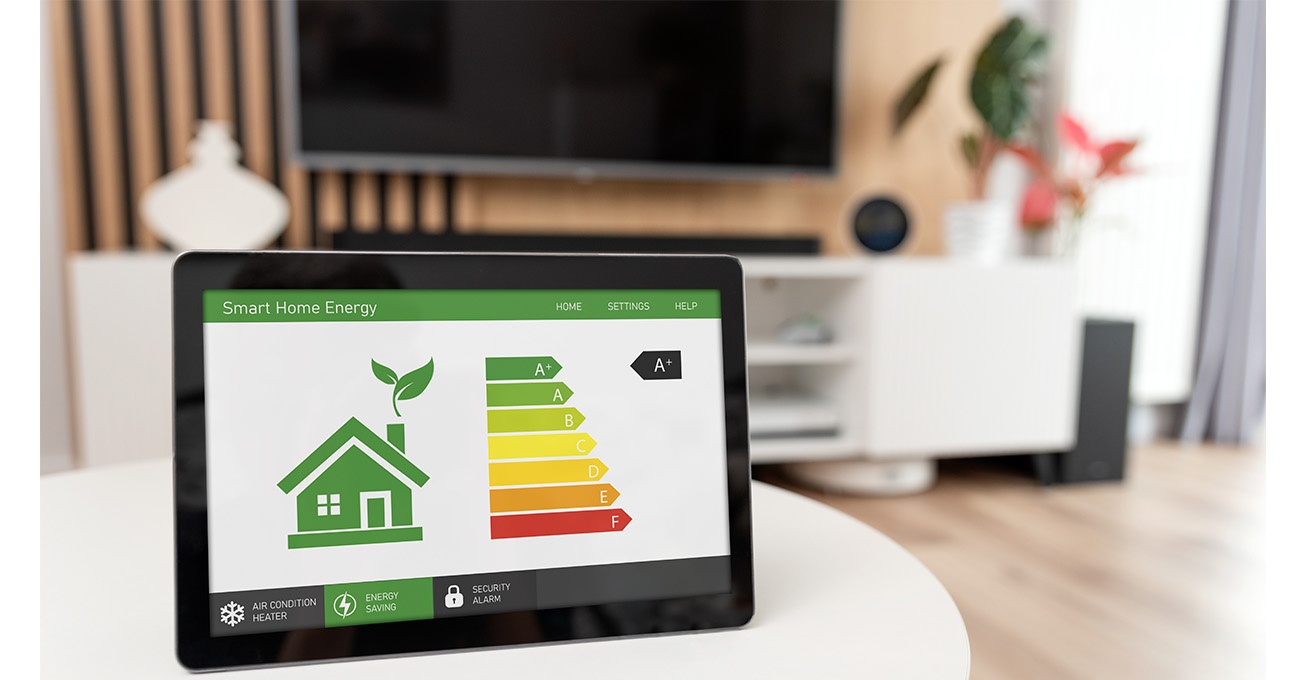Data solutions are essential for every business, but the jargon involved can be difficult and confusing for anyone that isn’t completely tech savvy. Here’s a brief guide to a few of the terms that most commonly cause issues, so you can avoid confusion next time your network needs upgrading.
ADSL
ADSL, or ‘Asymmetric Digital Subscriber Line’, is an Internet connection provided over a telephone line – probably what you know as being the standard for Internet connection. ADSL provides a reliable, high-quality connection, but speeds depend on your distance from the telephone exchange as well as the condition of the cable. ADSL typically offers speeds of up to 50Mbps.
FTTC
FTTC, also known as ‘Fibre To The Cabinet’, is a broadband Internet telecoms service that connects fibre cables from the telecom provider’s core network to your nearest distribution point or cabinet – the roadside box from which the fibre is connected to copper lines – before connecting to your premises. FTTC is capable of delivering 76Mbps download, but the speed of the service is impacted by the distance of the connection between your premises and the cabinet. FTTC can easily double the download speed of ADSL lines, but high installation costs can make it prohibitive for smaller businesses.
FTTP
FTTP, otherwise known as ‘Fibre To The Premises’, is a broadband Internet telecoms service that connects fibre directly from the telecom provider’s core network to the your business premises, transporting data long haul. FTTP is a fast growing way of getting affordable fibre to your business. With FTTP, your data only travels over fibre optic cables, meaning you data is faster now but is also futureproofed, so you’ll get faster and faster speeds as internet technology evolves.
VOIP
VoIP stands for ‘Voice Over Internet Protocol’, a system that provides voice calls via a data link (typically the Internet). VoIP lowers your costs as calls are made over the Internet, and users won’t know that they’re speaking to you over VoIP rather than a traditional landline. VoIP also allows you to appear as if you are in the office even when you’re not, as calls are directed to your mobile device. Popular examples of VoIP include Skype, Facetime and WhatsApp.
Leased Line
A leased line is a fibre data circuit that provides a connection between two or more locations for a monthly rental charge. A leased line is a dedicated service meaning you don’t share the bandwidth with other businesses, and the bandwidth is symmetric so your upload and download speeds will be the same – e.g. 50Mbps upload and 50Mbps download. The service operates over fibre optic lines so are capable of receiving speeds in excess of 10Gbps in order to support the high demands of your business.
SD WAN
An SD WAN, short for ‘software-defined wide area network’, intelligently routes your network traffic across the whole wide area network. This is performed automatically by using edge SD WAN routers and an SD WAN controller, which determine the best way to direct traffic. One of the main characteristics of an SD WAN is its ability to manage data traffic over different types of network access including DSL, Fibre, Ethernet and even 4G.
By Nathan Hill-Haimes – Amvia






